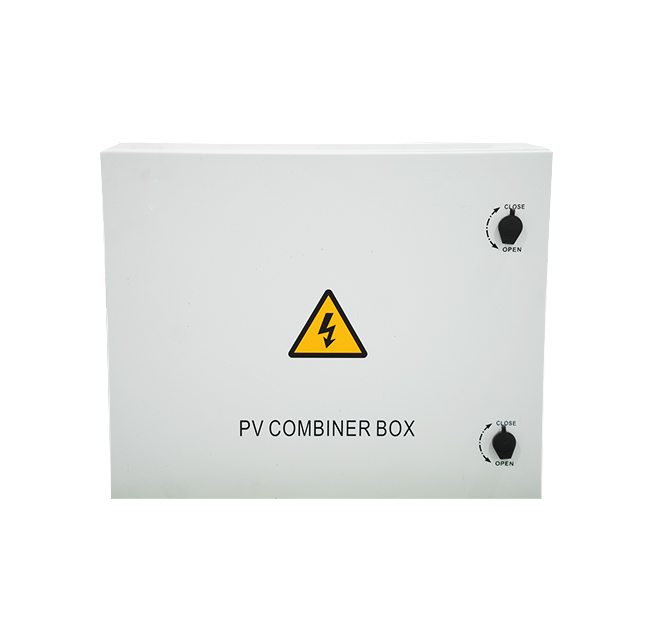Time:2025-06-18 Views:0 source:CNC Machining customization source:CNC Machining news

In sheet metal processing, various defects may occur during different stages of production, and effective repair methods are essential to ensure product quality. One common defect is surface scratches. For minor scratches, polishing techniques can be employed. Using abrasive papers with different grits, starting from coarser ones to gradually finer ones, can smooth out the scratches on the metal surface. For deeper scratches, metal filling materials can be used. These materials, often in the form of solder or special metal putties, are applied to the scratched area, and then polished to match the surrounding surface.
Welding defects, such as porosity and cracks, also frequently appear. To address porosity in welded joints, re - welding can be carried out. Before re - welding, the defective area should be cleaned thoroughly to remove impurities. For cracks in the welds, the crack - affected area needs to be cut out first, and then filled with appropriate welding materials through proper welding techniques. In cases of dimensional inaccuracies, mechanical correction methods can be used. Hydraulic presses or manual hammers can be utilized to reshape the sheet metal parts. However, care must be taken not to cause new defects during the correction process.
For defects related to burrs and sharp edges, deburring tools like rotary burrs, files, or abrasive belts are commonly used. These tools can remove excess metal and smooth out sharp edges, ensuring the safety and aesthetic quality of the sheet metal products. Additionally, with the development of advanced technologies, laser - based repair methods are emerging. Lasers can be used to precisely melt and re - form the metal in defective areas, offering high - precision repair solutions, especially for complex and high - value sheet metal components.
Read recommendations:
Sealing ring Precision electronic parts
Housing components for recessed downlights Precision electronic parts
Oval Magnetic Hardware Precision electronic parts
CNC Machining Dimension Accuracy
CNC processing factory - Meeting customers' strict requirements for precision